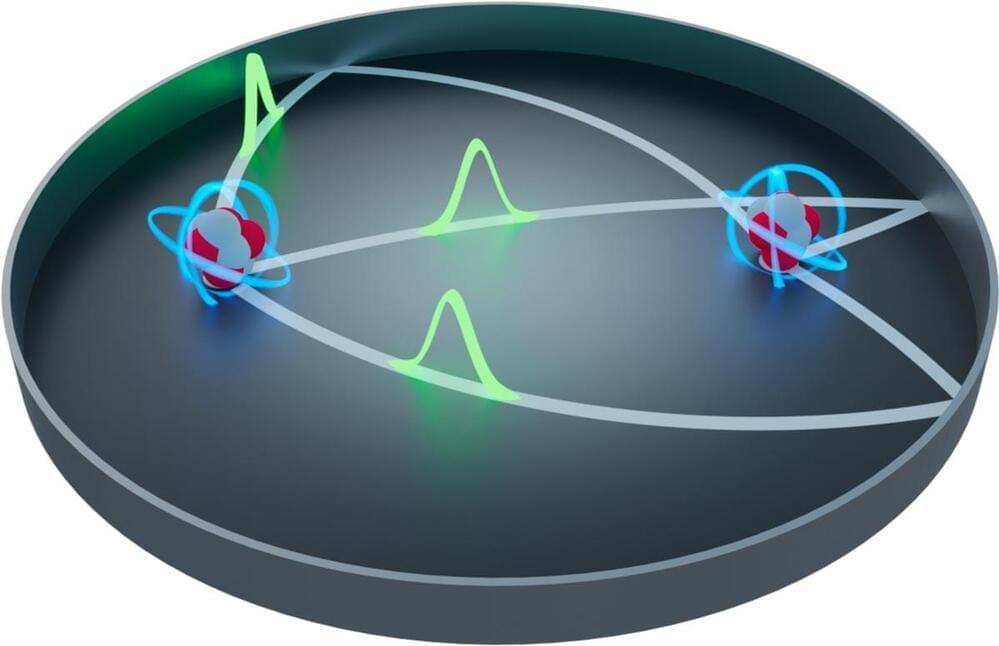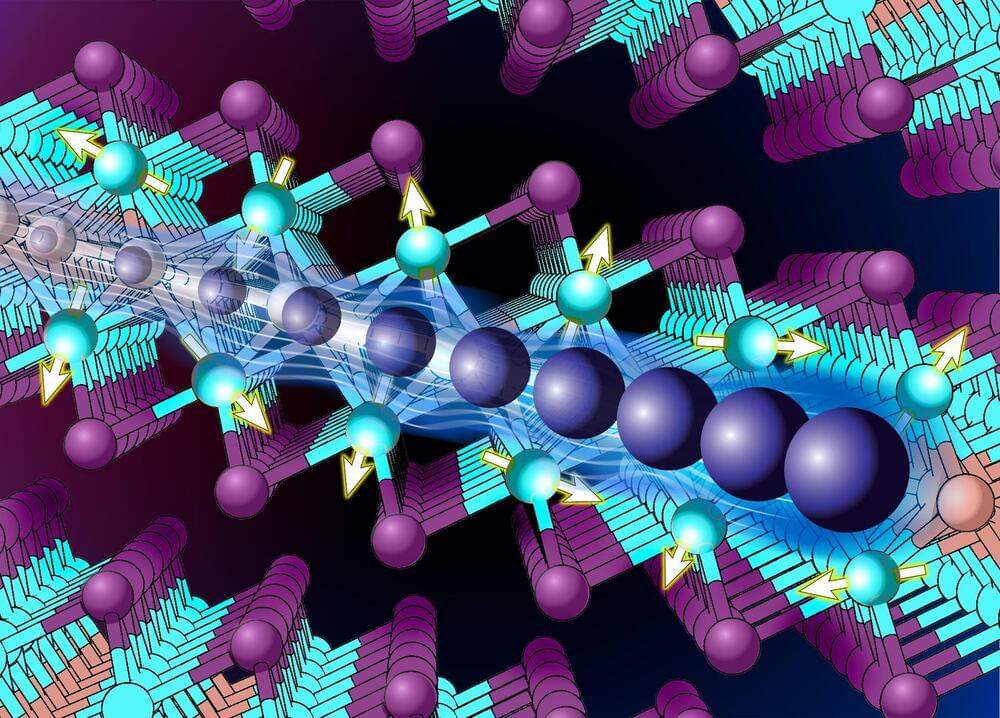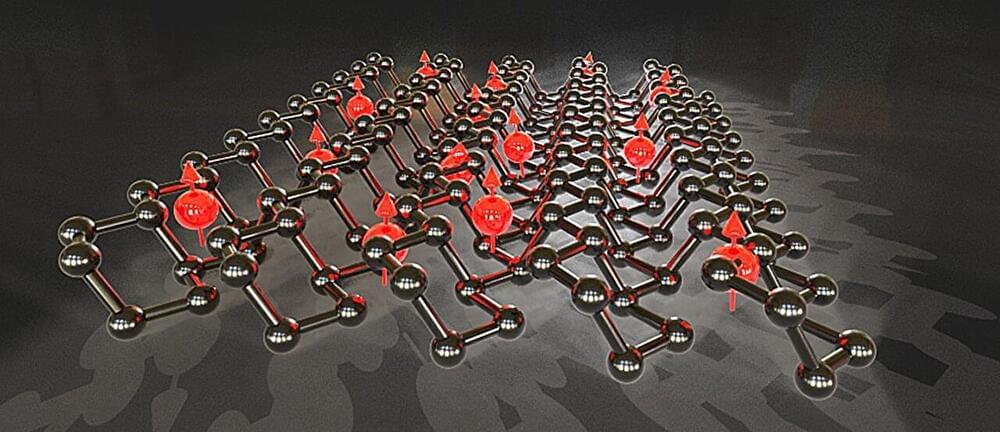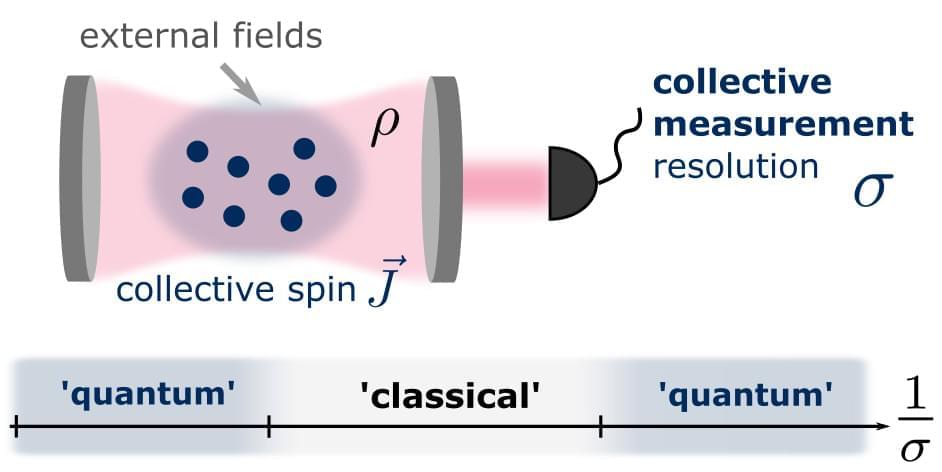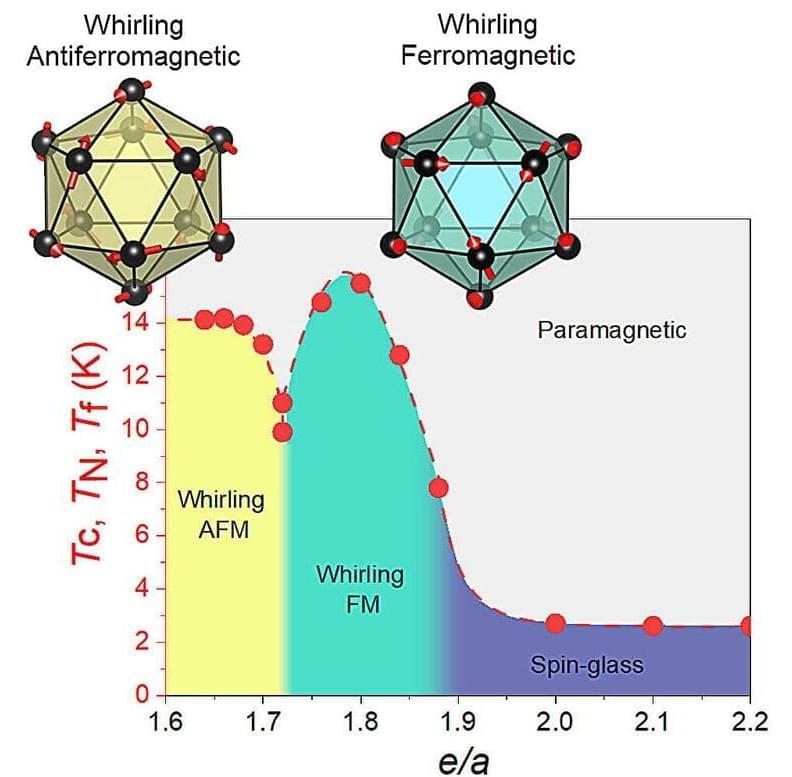Experiments with small falling particles show that their orientations oscillate—which may help explain the settling of volcanic ash and the formation of snow.
Ice crystals and volcanic ash fall through the atmosphere in a complicated way that has been hard to capture experimentally. A new lab experiment has photographed the descent of nonspherical plastic particles that were fabricated to resemble natural particles [1]. The images reveal oscillations in the particles’ orientations as they flitter downward. The results could help in modeling the formation of snow and the transparency of clouds, which is important for weather and climate models.
In order to study how micrometer-sized particles fall in the atmosphere, researchers must address the challenge of zooming in on the particles as they pass quickly in front of the camera. “The problem is that your field of view is so small that you have a very limited chance to see the particle for a long trajectory,” says Gholamhossein Bagheri from the Max Planck Institute for Dynamics and Self-Organization in Germany. Previously, researchers tried to solve this problem by performing experiments in water with easier-to-view centimeter-sized particles. The water slows the particle motion, but the ratio of particle size to fluid viscosity—which can be characterized by the dimensionless Reynolds number—remains roughly the same for larger, waterborne particles as for smaller, airborne particles. This correspondence between the two situations implies that water-based experiments can offer information about the speed and orientation of falling particles in the atmosphere.

